By Lisa Scott
The League of Women Voters is nonpartisan; we don’t support or oppose candidates or parties. We have a strong commitment to encourage the informed and active participation of citizens in government. We run debates, seek community input on issues, and via the phone and email, serve voters who are looking for information. LWVUS and state and local Leagues run the national Vote411.org voting information website (which encourages candidates to answer questions on issues of importance to their constituents).
Throughout Suffolk County, voters are electing a new County Executive (the incumbent has served three 4-year terms, thus 12 years, which is the term permitted), as well as electing the 18 County Legislators (they serve 2-year terms, also limited to 12 years)
In Suffolk’s 10 Townships, there are a variety of offices on the ballot in 2023 such as Supervisor, Council Members, Receiver of Taxes, Town Clerk, Superintendent of Highways, Assessors and Town Justices and District Court Judges. Each Town has their own rules about term length and (if any) term limits. Village, library and school elections are managed separately — they do not appear on the General Election ballot.
Candidates represent different points of view on many issues. On a county level, voters should consider water quality, which has significantly deteriorated in recent years. Voters have not been given the opportunity to vote on a ballot referendum involving a proposed .0825% sales tax increase and making state and federal funding available for sewers and septic systems. It was recessed (not moved forward) in August by the majority party of the Suffolk County Legislature. (Stay tuned — there may be a special election for the referendum in 2024. Because it would be a single issue ballot, it would incur significant cost, and voter turnout is generally very poor when only one issue or office is on a ballot).
Other critical county issues include public safety, opioid and mental health crises, waste disposal, affordable senior and workforce housing, and campaign finance. The last refers to campaign contributions from public service unions or contractors, and elected officials voting on contracts for organizations from which they receive campaign contributions. Each Town also has its own hyperlocal issues as well — check your local media for debates and articles to become familiar with your local concerns, races and candidates.
All Suffolk voters should be sure to turn over the ballot to vote on two New York State proposals for NYS Constitution updates. The wording on the ballot, and an explanation for each is below.
PROPOSAL NUMBER 1: Removal of Small City School Districts From Special Constitutional Debt Limitation
Description of Proposal: The State Constitution limits how much debt a small city (a city with less than 125,000 people) school district, can incur. State law says their debt cannot be greater than five percent of the value of taxable real property; all other school districts’ debt cannot be greater than ten percent. If this Constitutional Amendment passes, small city school districts would be eligible to have the same debt limit as other school districts as determined by state law.
Question as it will appear on the Ballot: The proposed amendment to Article 8, section 4 of the Constitution removes the special constitutional debt limitation now placed on small city school districts, so they will be treated the same as all other school districts. Shall the proposed amendment be approved?
PROPOSAL NUMBER 2: Extending Sewage Project Debt Exclusion From Debt Limit
Description of Proposal: The State Constitution limits the debt counties, cities, towns, and villages can incur. This debt limit has an exception to not include debt for sewage treatment and disposal construction projects. The current sewer debt exception expires on January 1, 2024. This amendment extends the sewer debt exception for ten more years until January 1, 2034.
Question as it will appear on the Ballot: The proposed amendment to Article 8, section 5 of the Constitution extends for ten years the authority of counties, cities, towns, and villages to remove from their constitutional debt limits debt for the construction of sewage facilities. Shall the proposed amendment be approved?
Vote by Absentee ballot, Early Voting Oct. 28 to Nov. 5, or on Election Day Nov. 7. To register (by Oct. 28), check your registration, apply for an absentee ballot, or find your polling place, visit https://www.elections.ny.gov/. To find out who and what is on your ballot, visit Vote411.org 4 weeks before Election Day.
Lisa Scott is president of the League of Women Voters of Suffolk County a nonprofit, nonpartisan organization that encourages the informed and active participation of citizens in government and influences public policy through education and advocacy. For more information, visit https//my.lwv.org/new-york/suffolk-county.

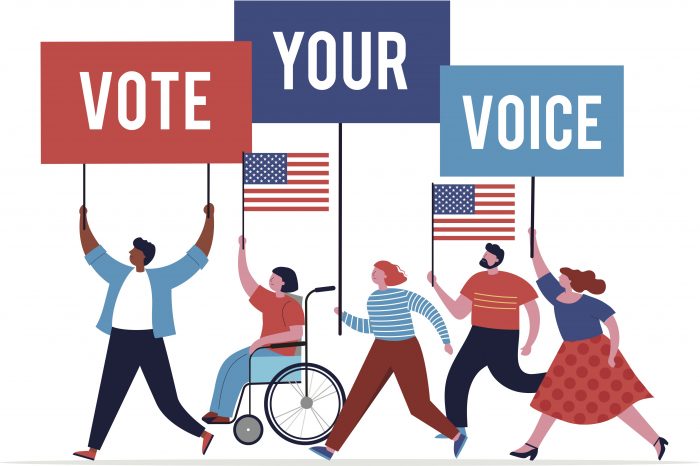
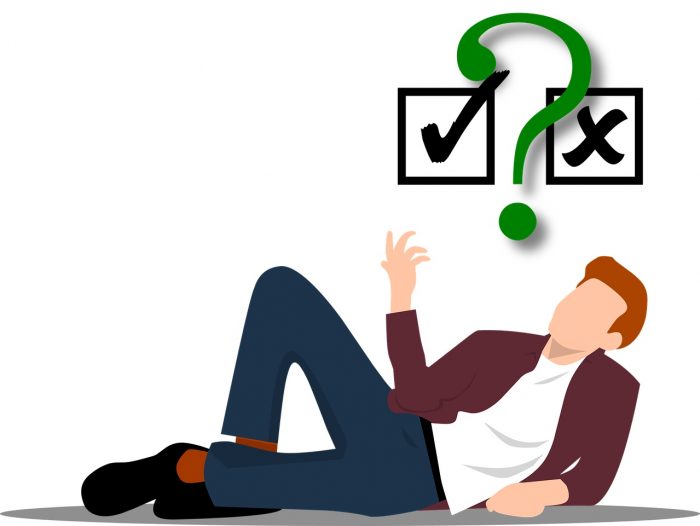
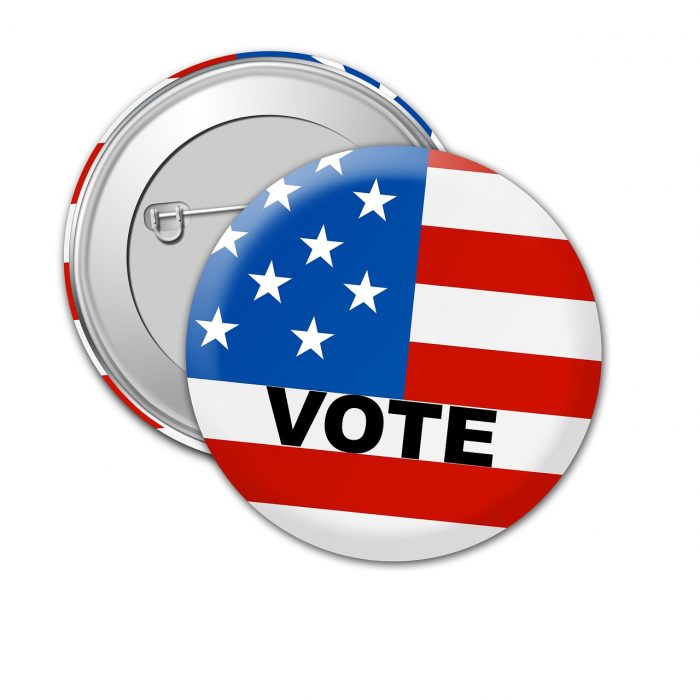
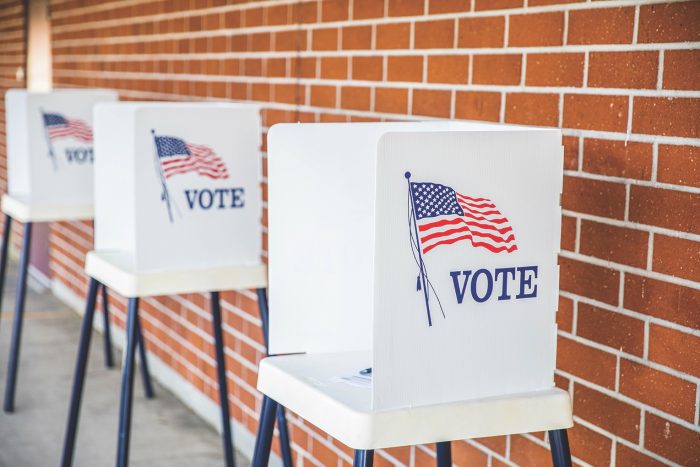
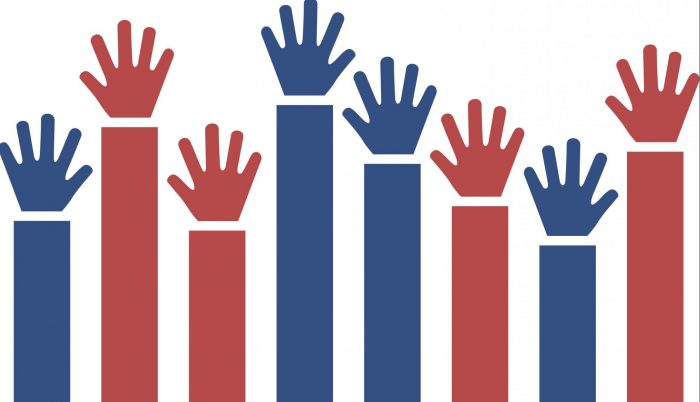
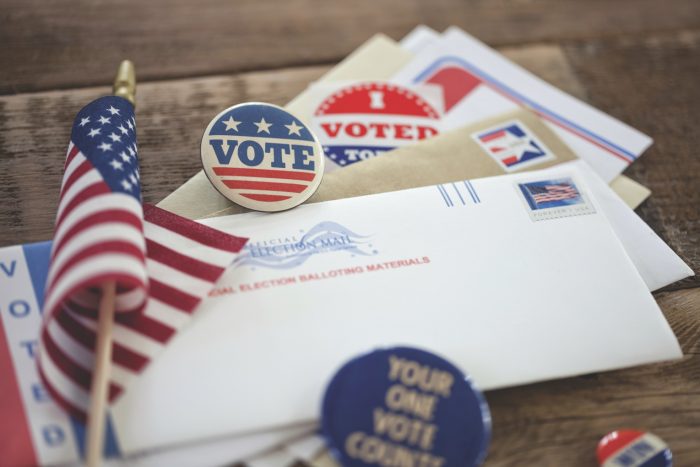

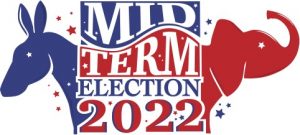
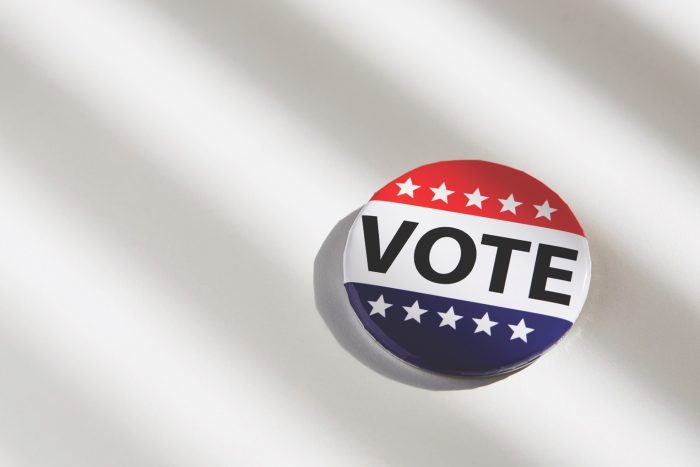
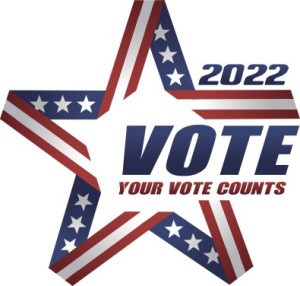 • If you didn’t register to vote by Oct. 14, you cannot vote in this election.
• If you didn’t register to vote by Oct. 14, you cannot vote in this election.
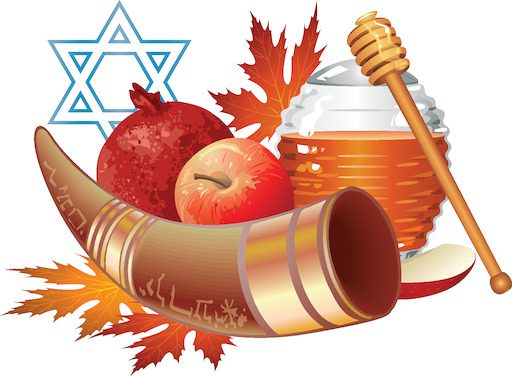
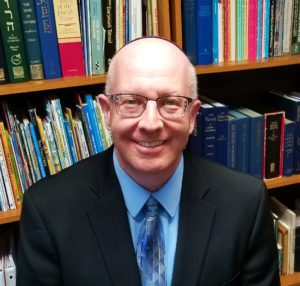
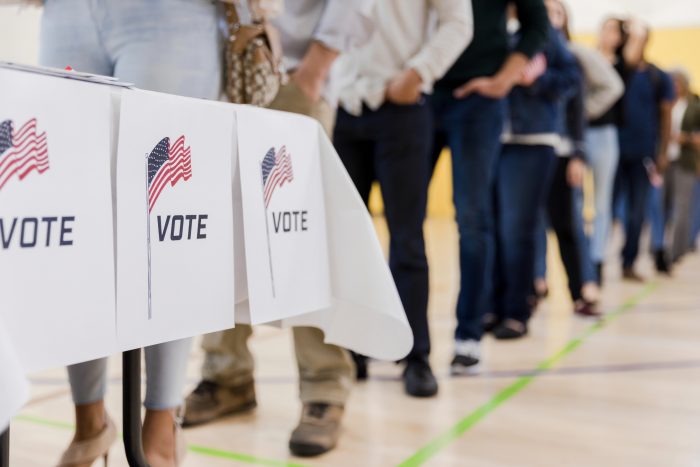
 Data from The American Presidency Project at U.C. Santa Barbara shows that 67% of eligible voters voted during the pandemic in the U.S. presidential election of 2020, but it was a record high compared with earlier elections (the election in 2012, for instance, had votes from 54.9 percent of the eligible voters).
Data from The American Presidency Project at U.C. Santa Barbara shows that 67% of eligible voters voted during the pandemic in the U.S. presidential election of 2020, but it was a record high compared with earlier elections (the election in 2012, for instance, had votes from 54.9 percent of the eligible voters).


